The National Council of SPCA freed two white Bengal tigers from over two years of captivity in a private residence in Boksburg, Gauteng, South Africa. The organization described how the Bengal tigers were kept in conditions detrimental to their well-being. After their release, the tigers tasted freedom for the first time in two years as they arrived at a wildlife facility.
The Rescue Operation

Dr. Caldwell, an esteemed big cat veterinarian, visited the home and carefully sedated the tigers for transportation to a credited wildlife sanctuary.
Watch the update on the tigers here.
Ethical Considerations When Keeping Wild Animals

Wild animals are not suited to life in captivity, especially not within the confines of a private home. Keeping exotic animals as pets often leads to animal suffering, as they cannot express their natural behaviors.
Legal Implications

South Africa’s legal framework for exotic pet ownership varies across provinces. Remarkably, no national laws prohibit the ownership of tigers as pets in South Africa.
However, some provinces enforce the requirement of a permit to keep exotic animals, including tigers. Gauteng, North West, Mpumalanga, and Limpopo do not require legal permits to possess or keep wild animals. Conversely, the Northern, Eastern, and Western Cape, KwaZulu-Natal, and Free State require possession, keeping, and transaction permits for wild animals.
Community Outrage

The community has expressed concerns regarding wild animals in residential areas. Local authorities and wildlife organizations must implement stringent regulations regarding the ownership of wild animals, such as Bengal tigers.
Going Forward with Wild Pet Captivity
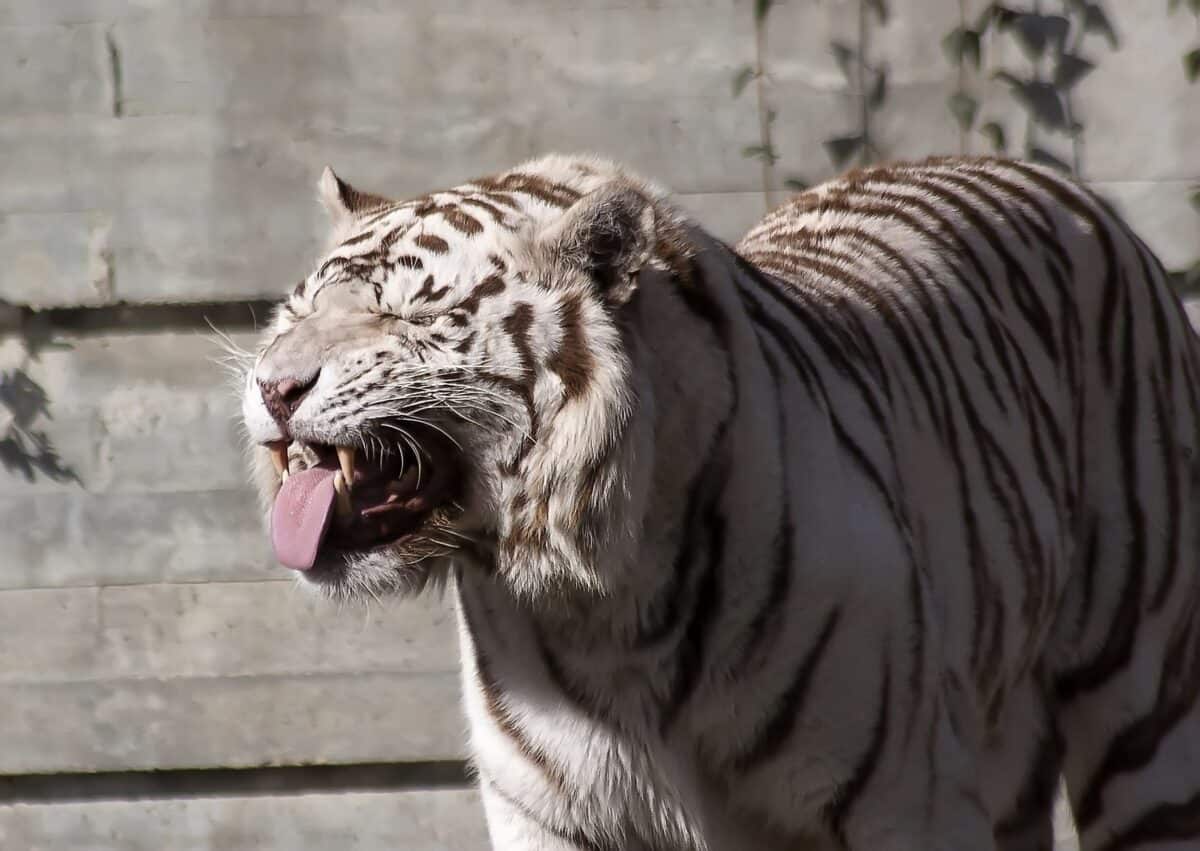
The community’s safety and the wild animals’ welfare are in question. Engaging the community in discussions about wildlife conservation and responsible pet ownership will help foster a culture of respect and care for all living beings. The laws and regulations governing the ownership of wild pets necessitate a comprehensive review to ensure community safety and welfare of wild animals.
Want to learn more about White Bengal Tigers? Here are 6 frequently asked questions
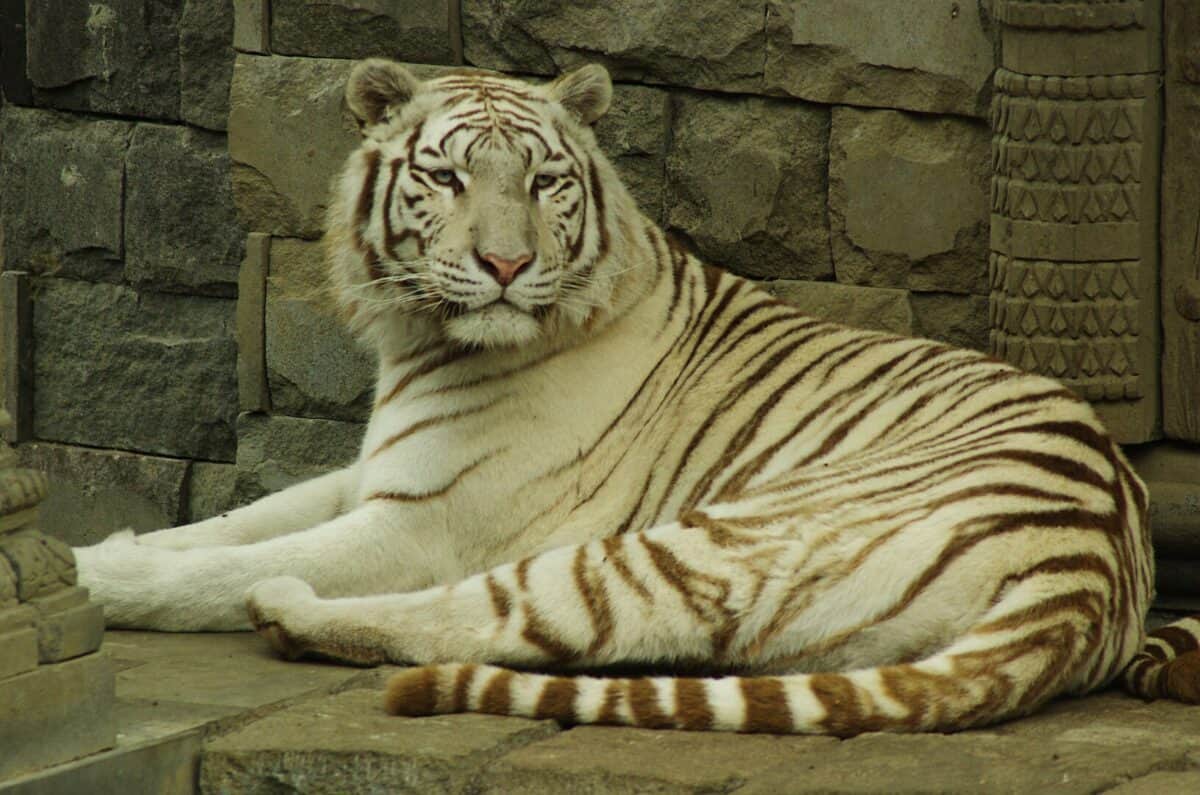
What is the genetic basis for white coloration in Bengal tigers?
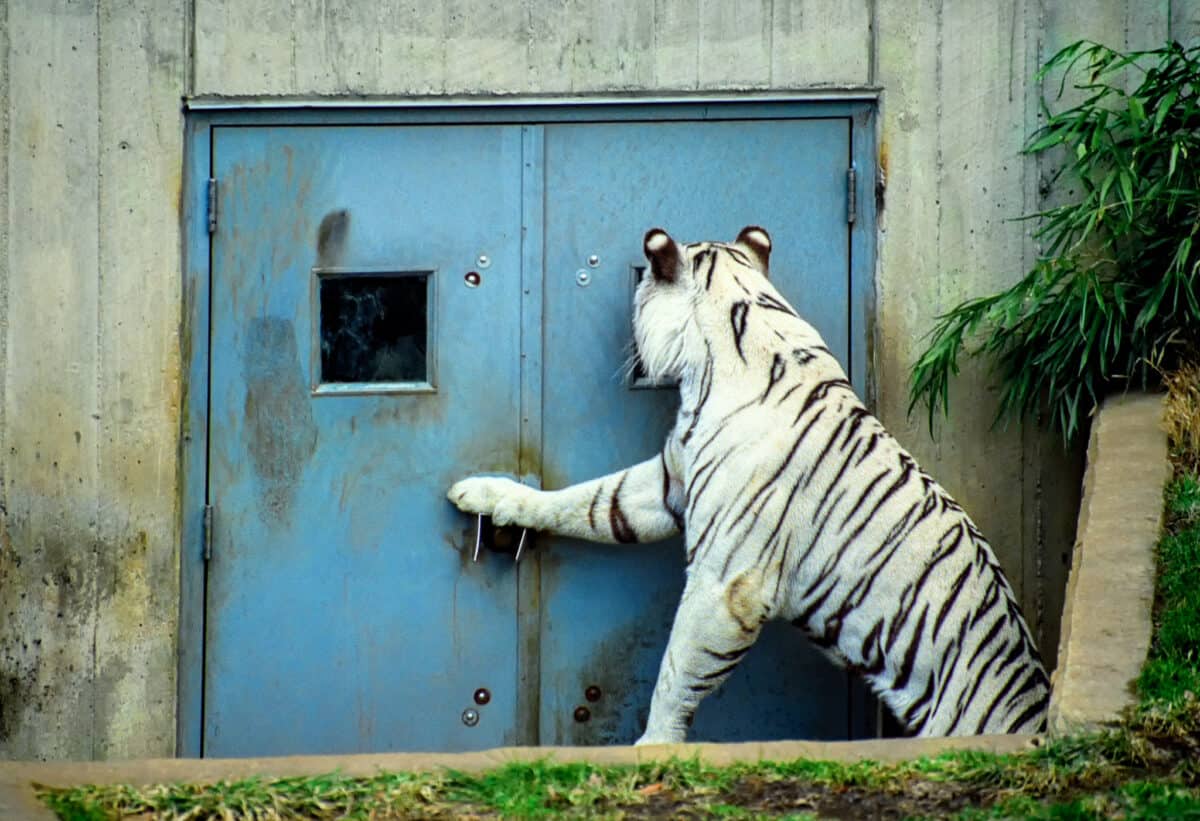
The white coloration in Bengal tigers is due to a recessive gene that both parents must carry. This gene causes a lack of pheomelanin, the pigment responsible for the orange color in tigers, resulting in their distinctive white fur with black or dark brown stripes. White Bengal tigers are not albinos as they have pigmentation in their stripes and blue eyes.
Are white Bengal tigers a separate species or subspecies?
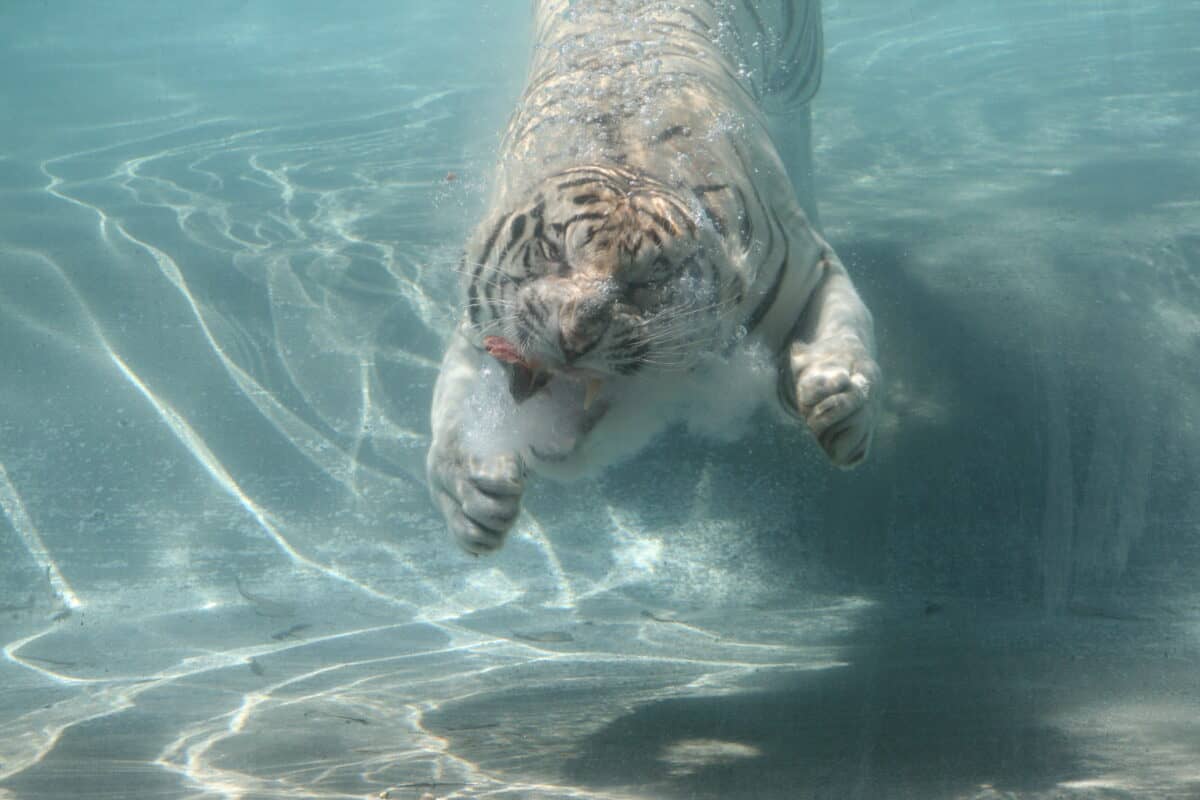
No, white Bengal tigers are not a separate species or subspecies. They are a rare color variation of the Bengal tiger (Panthera tigris tigris). Their unique coloration is purely genetic and does not indicate any taxonomic difference from orange Bengal tigers.
What are the health issues associated with white Bengal tigers in captivity?
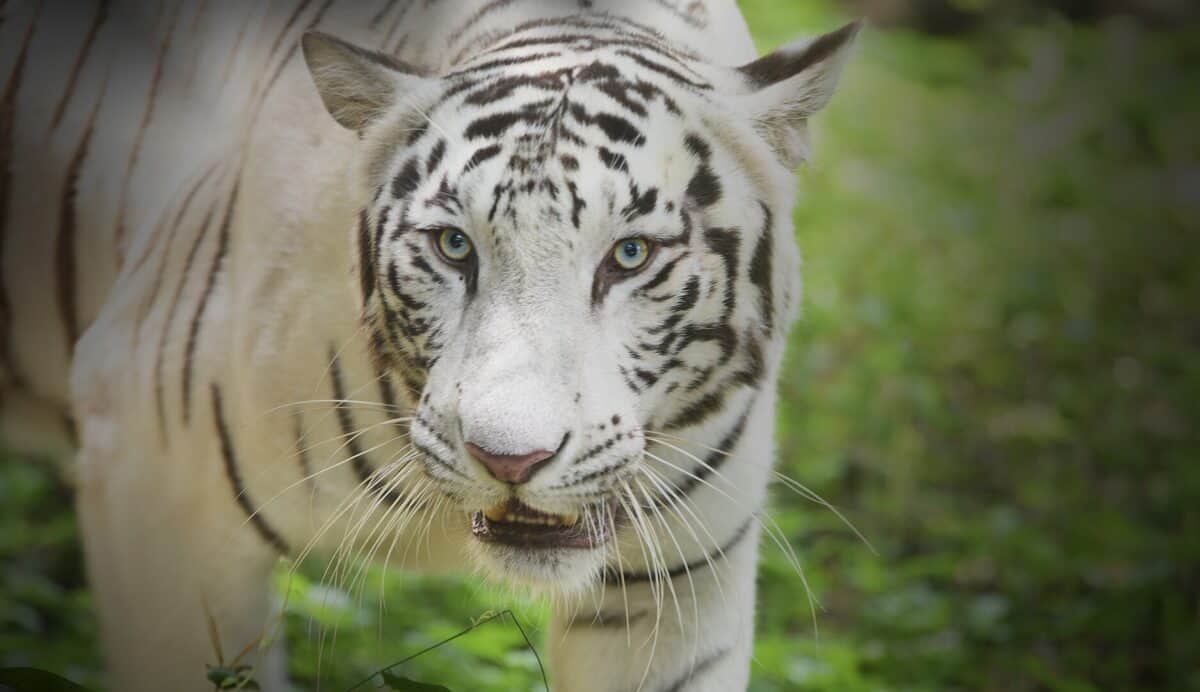
White Bengal tigers often suffer from various health issues due to the inbreeding practices required to produce them. Common genetic defects include strabismus (crossed eyes), cleft palates, scoliosis (curvature of the spine), and immune deficiencies. These health problems can result in a shorter lifespan and reduced quality of life compared to their orange counterparts.
Why is the breeding of white Bengal tigers controversial?
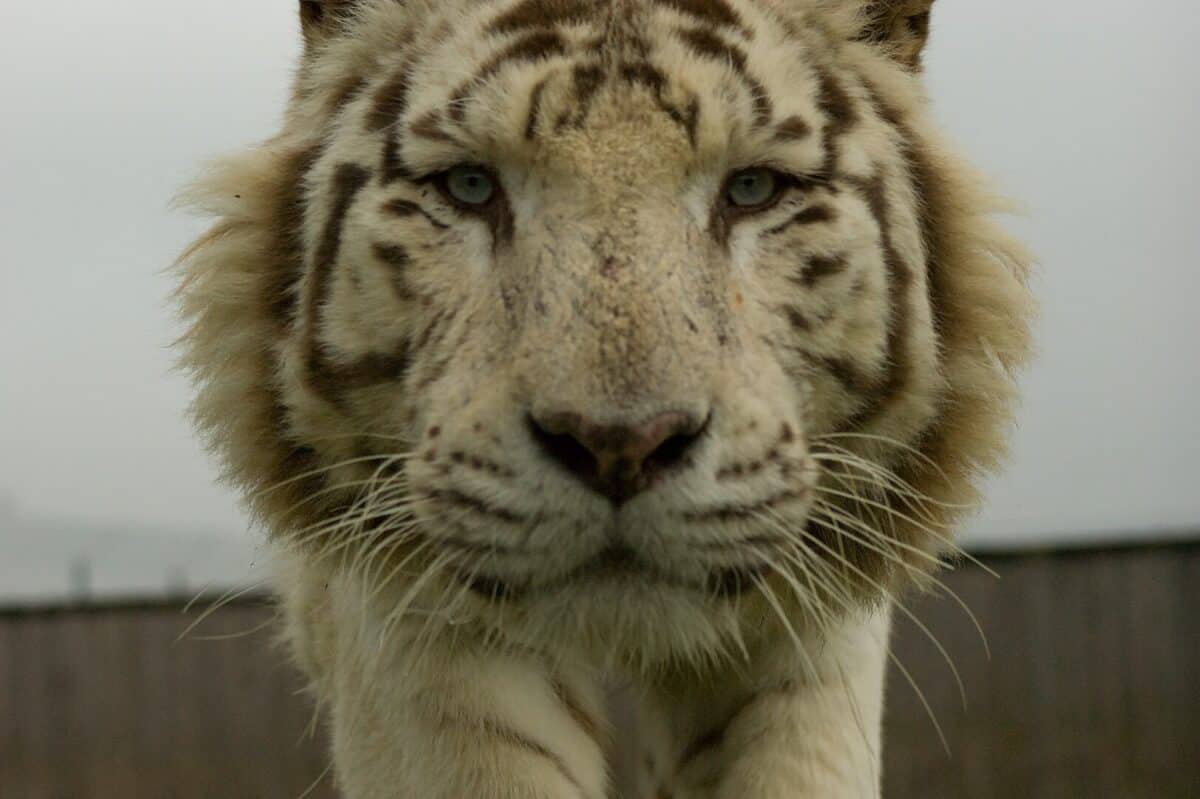
The breeding of white Bengal tigers is controversial due to the ethical concerns and lack of conservation value. The high levels of inbreeding required to produce white tigers often result in significant health problems. Additionally, these breeding programs do not contribute to the genetic diversity needed for the conservation of tiger populations and can divert resources from efforts to protect and conserve wild tigers and their habitats.
What role do white Bengal tigers play in conservation efforts?

White Bengal tigers do not play a significant role in conservation efforts. They are primarily bred for their unique appearance, which attracts visitors to zoos and animal exhibits. However, this focus on aesthetics does not contribute to the genetic diversity and preservation of wild tiger populations. Conservation efforts are better directed towards protecting natural habitats, ensuring genetic diversity, and supporting the survival of wild tigers in their natural environments.
You might also enjoy
- Watch: Huge Male Siberian Tiger Scare Off A Group Of Tigers
- Watch: Wild Siberian Tiger in Russian Far East
- Meet the Man Who Survived a Tiger Attack, Helicopter Crash, and Malaria 14 Times – John Varty
Join our Forum for free today!

- Two White Bengal Tigers Rescued From Detrimental Conditions in South Africa - July 3, 2024
- Anaconda Battles Jaguar for Survival in Brazil - July 1, 2024
- Fascinating: 7 Newly Discovered Deep-Sea Species - June 29, 2024

